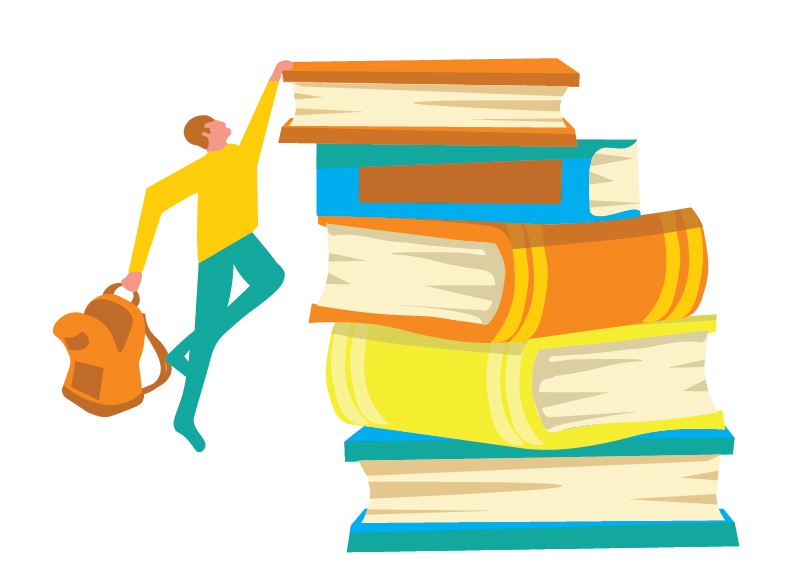Although spring semester concluded more than a month ago, many University of Minnesota students are still in possession of their unwanted textbooks and are looking to sell.
When it comes to selling used textbooks back to the University of Minnesota Bookstores, in several cases, students have been dissatisfied with the money they are offered in return. This has in part led to a decrease in the number of books the store has bought back in recent years.
Second-year student Pachia Yang recalls being offered $5 for a textbook that she originally bought for $50. She said she decided to keep her book until she can find someone to buy it on Facebook or other online marketplaces.
Like Yang, third-year student Lily Pylka will also be using alternative methods to sell her textbooks. The University Bookstores offered her $0.80 for her textbook — 2 percent of what she originally paid. When she tried to sell her other textbooks, Pylka said she was told the bookstore was no longer accepting them.
There are several factors that determine the buyback prices the bookstore offer to students, the chief of which is whether the textbook will be resold to students at the bookstore, University Bookstores Director Ross Rosati said. Typically, the bookstore pays 40-50 percent of the new retail price for books it readopts.
However, if the book will no longer be used by an instructor, the textbooks are shipped back to wholesalers, resulting in a lower offer for students. These offers are dependent on the guide prices set by wholesalers, which are based on national demand.
“We try to gauge what the demand is going to be,” Rosati said. “Whatever the course is, if we need a certain book, we can pay a higher price for a certain amount of them. But once we hit that quota … then we go back to the guide price because we’ve hit what we need.”
According to Rosati, buyback totals at University Bookstores are down 70 percent from what they were five years ago. In fiscal year 2018, University Bookstores spent about $430,000 in buybacks. In the current fiscal year, which ends on June 30, it spent about $174,000 as of earlier this month.
“Buyback totals have been declining for a number of reasons including the growing use of digital/alternative course materials, popularity of the textbook rentals and online marketplaces for students to sell books directly,” Rosati said.
Many students opt to sell their books using online marketplaces, and some feel like they get better value for their purchases. This is the case for fourth-year student Christine Do.
“In my eyes, it’s not worth doing the buyback if you can resell to another student because that way you get more money back, and the other student pays less than they would at the bookstore,” Do said.
The decrease in buybacks results in fewer used textbooks available at the bookstores, limiting students’ choices.
Generally, more textbooks are bought back at a higher price in the fall than in the spring, said Martha Hoppe, the University Bookstores assistant director of operations and course materials.
“We pay, by far, less in May than we would in December as a whole for buyback,” Hoppe said.
Since many instructors are not named until July, University Bookstores does not receive the bulk of the book orders by the time students want to sell in May. With higher instructor turnover between spring and fall, the books needed are more likely to change, limiting what the bookstore can offer students.
“The earlier we know a book is going to be used in a semester, the better, because then we can pay higher prices earlier on,” Rosati said.







